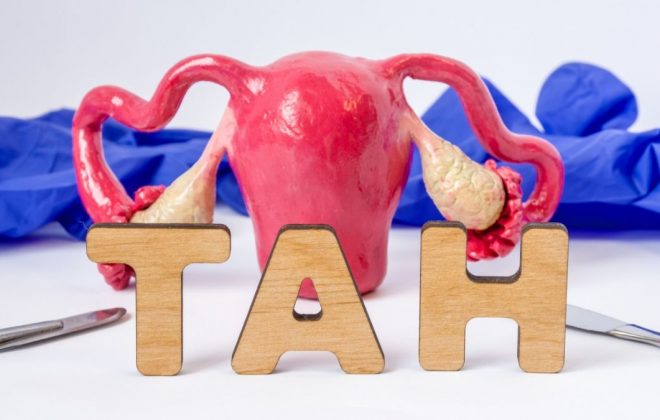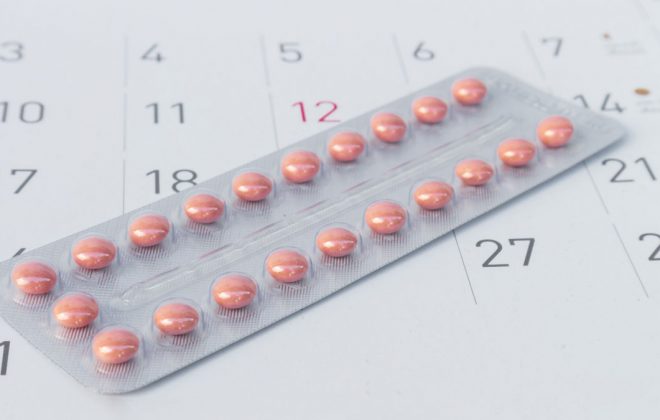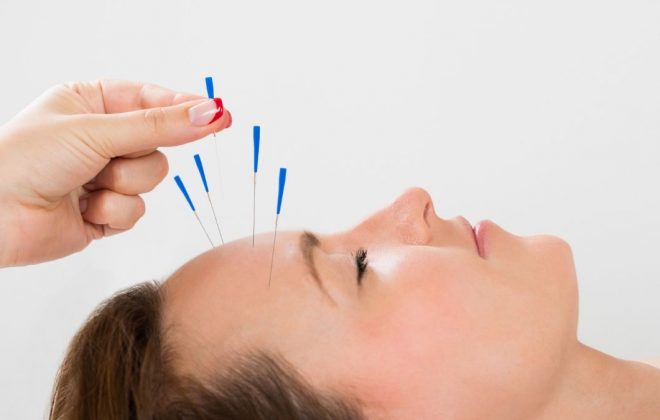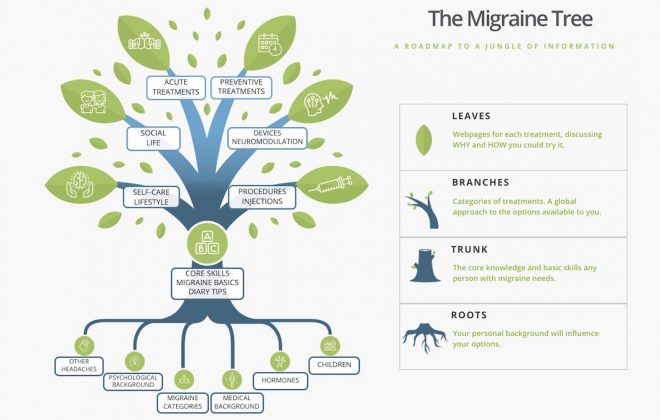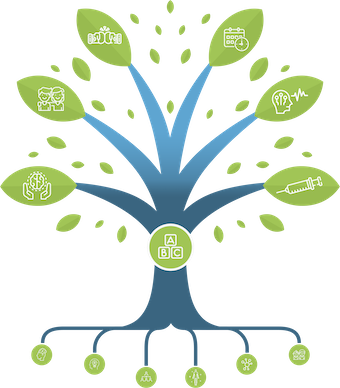Cyclic Vomiting Syndrome
What is cyclic vomiting syndrome? Cyclic vomiting syndrome is an episodic syndrome that may be associated with migraine (See this post). Patients present with stereotyped and repeated attacks of intense nausea and vomiting, which often occur with predictable and cyclical timing. Other symptoms include abdominal…
Women, hormones and migraine: an overview
Research has shown that women are 3 times more likely to have migraines than men. This is because hormones are linked to migraines. What are the links between hormones and migraines? There have been lots of medical research regarding hormones and their effect on migraines….
Should I have my uterus removed to treat migraine
What are the functions of the uterus, fallopian tubes and ovaries? The uterus, fallopian tubes and ovaries are reproductive organs: they are required to have a baby. The ovaries produce hormones such as estrogen and progesterone. The ovaries also produce the egg. The fallopian tubes…
Pregnancy and Migraine
** Pregnancy is a sensitive situation in medicine. Please discuss any question with your health care provider before making health decisions. Migraine commonly occurs during a women’s reproductive years. Treating migraine during pregnancy can be challenging as the migraine pattern may change, and most importantly…
What is menstrual migraine?
Menstrual migraines are headaches that are associated with your period (menstrual cycle). During a specific time of your period, hormone levels such as estrogen drops which can trigger migraine headaches. What is the medical definition of menstrual migraine? If you are experiencing more painful headaches…
Menopause and Migraine
What is menopause? This is the time in a woman’s life where her periods stop as the levels of hormones including estrogen and progesterone goes down. Menopause typically occurs between the age of 45-55. On average, the age of menopause is 51 years. You may…
Contraception and Migraine
Women have 3 times higher risk of having migraine than men. Reasons for this include hormonal fluctuations and genetic factors. Migraine may be a lifetime disorder especially for women and can be troublesome during their reproductive years (i.e. start of menses to menopause). During these…
Early life expressions of migraine
Which early life conditions may be related to migraine? There are a few conditions named «episodic syndromes that may be associated with migraine». These were previously called «childhood migraine equivalents» because they are associated with migraine in adulthood and share common points with migraine. In…
How to use a Migraine Diary
«Migraine is invisible on an MRI…but it is very visible on a diary» Let’s face it, monitoring migraine is important. During your migraine journey, you will try different treatments, and it will be very important to observe what is going on. Of course, if you…
Top Ten Facts on Migraine for Beginners
1. Migraine is a real neurological disease Okay, we feel like we must repeat this one over and over again. Migraine is still perceived in many parts of the world as a psychiatric disease, or as a made-up excuse to avoid work or social interactions….
Dihydroergotamine (DHE) Subcutaneous Injection Guide
The Objective: To learn how to subcutaneously inject a mix of saline (sodium chloride) and DHE to reduce the burning sensation often associated with injecting pure DHE. See our Dihydroergotamine (DHE) Subcutaneous Injection Guide Post#803
Acupuncture: is it a good option for migraine?
Acupuncture involves the use of small needles inserted through the skin. According to the Asian theory of meridians, this may influence energetic networks in the body and have positive effects on health. For the treatment of pain, more recent theories propose that acupuncture needles may…
What is biofeedback and should I try it?
What is biofeedback exactly? The principle of bio feedback is to monitor your body parameters and use different techniques to bring your body and brain back in a relaxed state. Electrodes are used to monitor the heart rate, blood pressure, brain waves, breathing, skin sweat…
Guide to the Migraine Tree: how to find the information you’re looking for
What is the Migraine Tree? If you’re living with migraine, the amount of information you will navigate during your quest for improvement is huge. The list of topics seems endless, from essential oils to antibodies, from Botox to diets, and of course trying to figure…
Does it work? Is it safe? Finding your way in the jungle of migraine “cures”
If you live with migraines, you probably want to get rid of them. The first step in such a situation is often to look online and use Google. You will then enter a complex world of promises, advertisement, scientific websites, and claims of miracles. You…
Talking with Your Health Care Team to Get the Most Out of Your Appointments
Building a strong, positive team with your doctor’s office will help you get the care that you need to manage your migraines. Remember this is team work! Here are some tips to have a productive collaboration with your health care provider.NB We also wrote a…
Categories
THE MIGRAINE TREE
- BRANCHES
- ACUTE TREATMENTS
- DEVICES AND NEUROMULATIOIN
- PREVENTIVE TREATMENTS
- PROCEDURES AND INJECTIONS
- SELF-CARE AND LIFESTYLE
- SOCIAL LIFE
- TRUNK
- ROOTS
OTHER CATEGORIES




